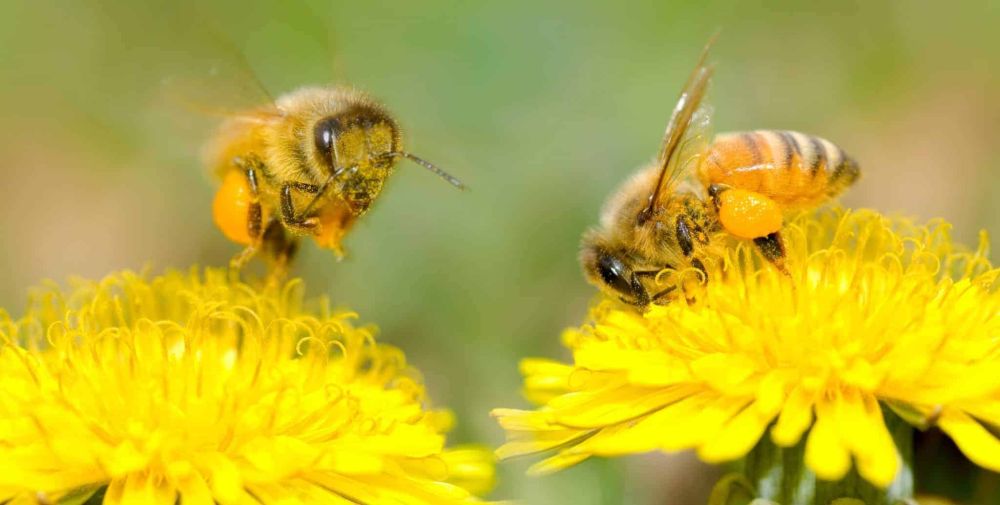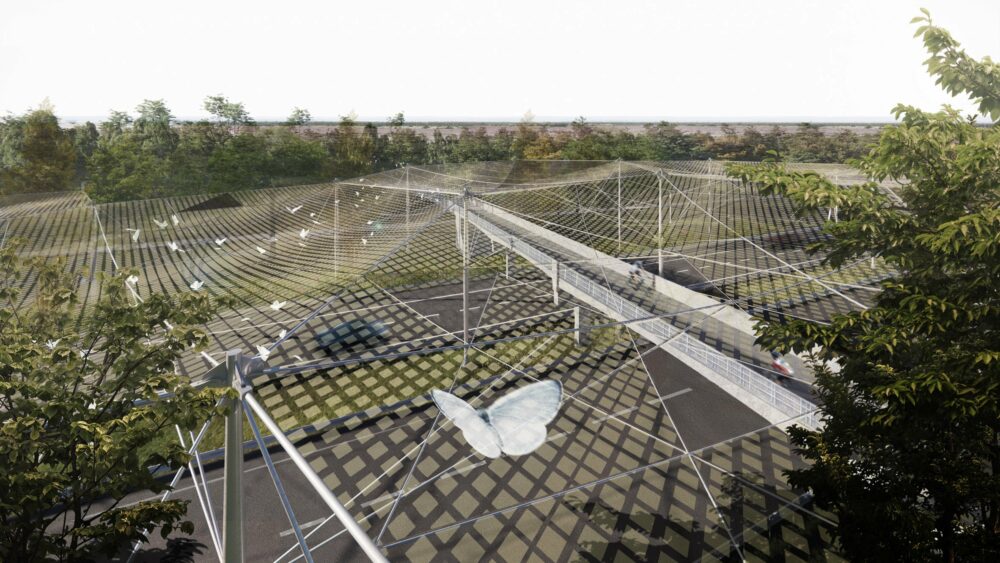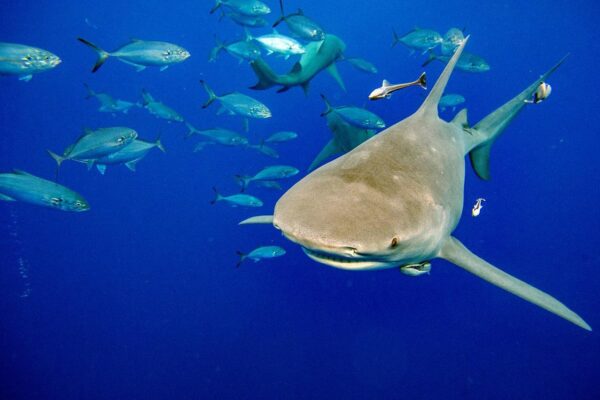The Bridge ‘Butterfly Effect’ to Help Insects Cross the Roads
VenhoevenCS, DS Landschapsarchitectan, and Studio Solarix have designed Butterfly Effect – a bridge proposal to construct a treetop-level web-like structure over a Dutch motorway so that the insects could move across safely and get cleaner air above the roads.
The web is projected to be suspended across the A67 motorway on the Strabrechtse Heide, a natural heathland area in North Brabant. It is stated that the concept can be replicated anywhere.
The web will be tied to trees on either side with the help of steel columns and stretch across the motorway. The reason being that the motorway formed an obstacle for the insects as the air currents produced by traffic were deadly for them.
Also Read: Wild Pollinators Suffocating Amidst Air Pollution in India
Research previously stated that the insects would only cross the motorway when there would be a traffic jam and the air would be still, safe for them to pass by. This project holds significance as 85% of the world’s food is dependent on pollination by insects.
The disruptive air currents from running cars have a certain effect on insect pollination. To reduce such circumstances, the Butterfly Effect is projected to hold relevance to reduce disruptive air currents and to safely help insects pass by to pollinate plants across the borders.

Image: PerfectBee
The web is made from hexagonal photovoltaic modules, replicating that of a bee’s honeycomb, which would create a wide surface area of solar panels and convert sunlight into energy. The designers have stated that the technology of these translucent photovoltaic surfaces will soon be available.
The pollution will also significantly reduce as the nitrogen and other particles released will remain along the roadside and will act as fertilizer. This will help encourage tree and vegetation growth, which would further reduce the noise in the motorway.

Image: Dezeen.com
The design team explained that the Butterfly Effect hexagonal structure can be built in any direction and has the potential to become a significant tool in urban landscapes. This type of project for energy generation needs to be prioritized and scaled up to tackle climate change and biodiversity loss.
Via: Dezeen


